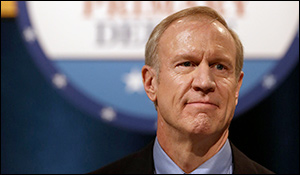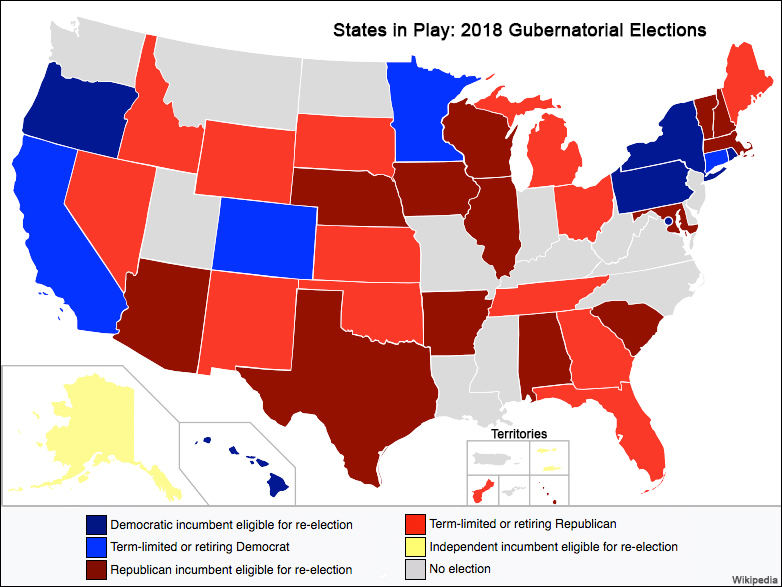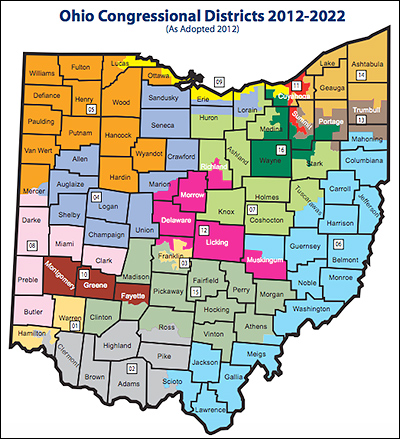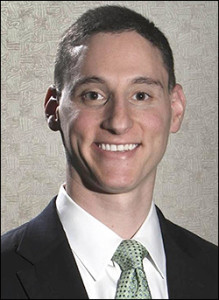By Jim Ellis
March 22, 2018 — Tuesday night’s big stories in the Illinois primary were Gov. Bruce Rauner (R) having a difficult time in winning a close Republican primary, and Rep. Dan Lipinski (D-Western Springs) just barely surviving his Democratic primary challenge. Venture capitalist J.B. Pritzker successfully captured the Democratic gubernatorial nomination with a margin greater than polling had predicted.
Gov. Rauner scored only a 51.5 – 48.5 percent win over state Rep. Jeanne Ives (R-Wheaton) in a primary result that finds the state chief executive’s GOP political base eroding. While spending over $60 million in the primary campaign against just $3 million-plus for Ives, the 20:1 resource advantage only proved good for a three percentage point win with still 294 precincts not fully reporting as of this writing. The 351,086 to 330,227 vote totals represent 97 percent of the recorded voting universe. Mathematically, however, there are not enough uncounted votes remaining in Ives’ areas of strength for her to overcome the current statewide deficit.In the 3rd District House race, seven-term Rep. Lipinski appears to have scored a narrow victory with almost all Cook County precincts reporting. Lipinski carried Cook County with 51.7 percent, a total that will likely rise a bit once all the votes are counted. His opponent, media consultant Marie Newman, won Will County with 58.6 percent of the vote and took the district’s sliver of DuPage County with a mere 55 to 34 vote margin. But, her 1,256 vote lead coming into Cook County was not substantial enough to defeat Lipinski there, which resulted in her district-wide loss.
Lipinski is one of the few remaining Blue Dog Democrats, while Newman enjoyed support from the Bernie Sanders’ wing of the Democratic Party along with major backing from national liberal organizations. The turnout will exceed 90,000 voters once all of the ballots are recorded. When all totals are official, the voter turnout percentage here will hover somewhere in the 45-50 percent range.
In other key congressional races, the Democratic primary in the state’s 6th District has flip-flopped back and forth in a very close contest between financial advisor Kelly Mazeski and clean energy company executive Sean Casten. Mazeski initially was in the lead but in the end, Casten pulled ahead when all 640 precincts were able to report vote totals. Casten captured about 30 percent of the vote (18,863) to Mazeski’s 26.5 percent (16,686). Five other candidates were on the ballot, and cumulatively they garnered 44.2 percent of the vote. Now Casten will challenge veteran Rep. Peter Roskam (R-Wheaton) who was unopposed in his primary.







